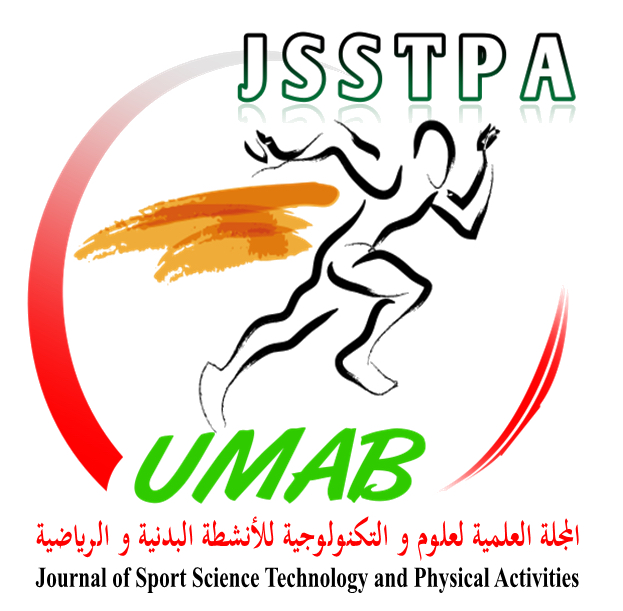The Effect Of Training Loads Using Hypoxic Training Method In Developing Some Physiological Variables For Middle-distance Juniors Runners Of 800 Meters
Keywords:
Hypoxic training, Training load, Physiological variables, Middle-distance runnersAbstract
This study aims to show the effect of the hypoxic training method in developing some of the necessary physiological variables (Maximum anaerobic capacity (AC), Maximum rate of O2 consumption (VO2 max), Maximum Aerobic Speed (MAS)) that the runner needs to improve achievement in middle- distance running, specializing in 800 meters among juniors. The study was conducted on a sample of 20 runners in divided to a experimental and control group. The program was applied via suggested exercises in a hypoxic method on the experimental sample and leaving the control sample to be trained in the ordinary program. The researchers concluded that the use of suggested training program based on hypoxic training method has a positive effect on improving some functional variables, and it also affected a greater percentage than the ordinary program to improve results in the middle-distance running, specializing in 800 meters, so it is recommended to use the hypoxic training method to develop the physiological qualities of athletics.
Downloads
Published
How to Cite
Issue
Section
License
Copyright (c) 2025 Journal of Sport Science Technology and Physical Activities

This work is licensed under a Creative Commons Attribution-NonCommercial-NoDerivatives 4.0 International License.


